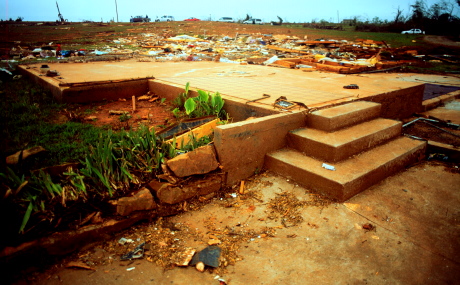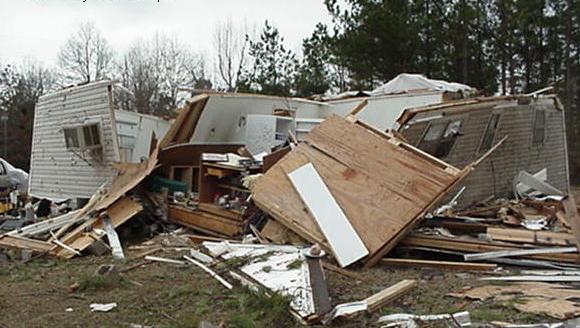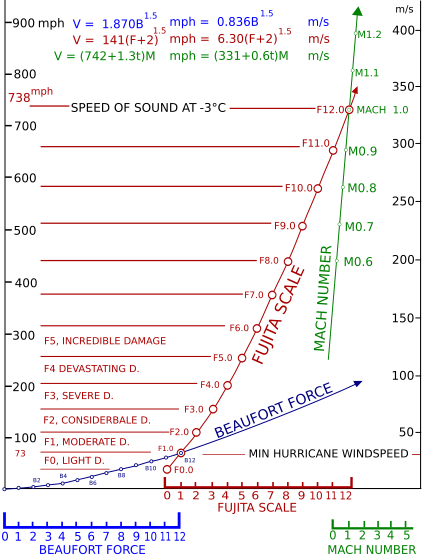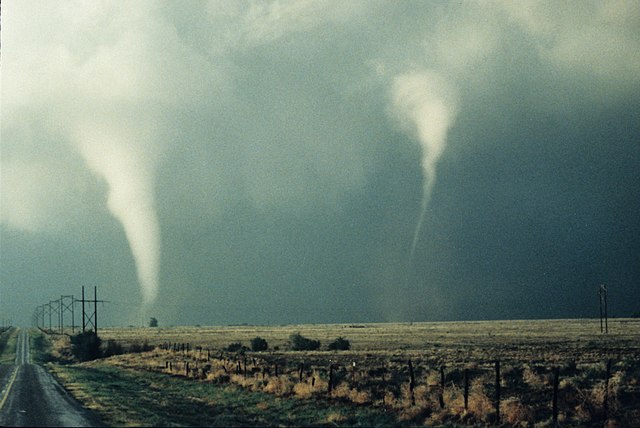We just learned about Category 5 Hurricanes.
If a large tropical cyclone is in the northwest part of the Pacific Ocean, it is called a Typhoon instead of a hurricane.

(from: wikipedia - typhoon haiyan)
Kid Facts - Blast from the past: Lightning
Fun facts about Big Cities, Sleep, Starfish, Flags, Hindi, Bible Stories, Van Gogh and more!



















